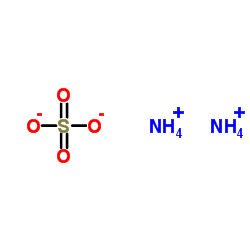| Structure | Name/CAS No. | Articles |
|---|---|---|
 |
Glycerol
CAS:56-81-5 |
|
 |
Ferric pyrophosphate
CAS:10058-44-3 |
|
 |
ammonium sulphate
CAS:7783-20-2 |